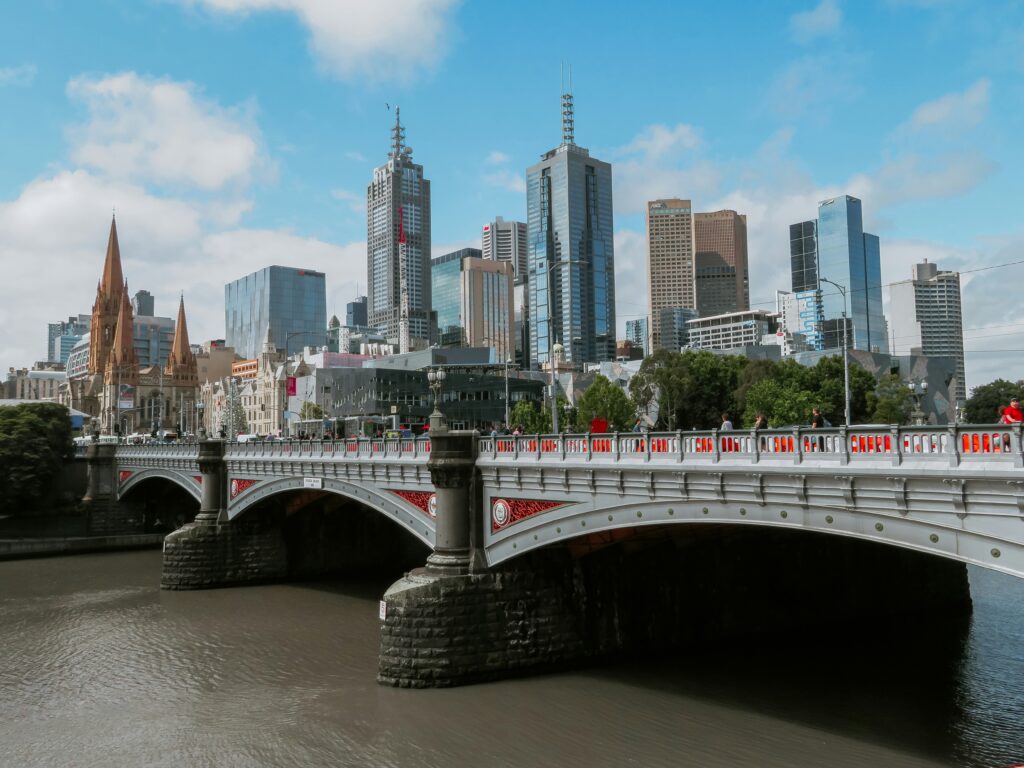5 Proven Tips to Choose the Best Web Designer in Melbourne

Customers in Melbourne are quickly ditching traditional shopping for web searches as they are more accessible, fun, and time-saving. Therefore, if you have not capitalized on it with a captivating and full-functional website, it is time to find the right web design partner.
When choosing a reliable web designer in Melbourne, check their portfolio and the variety of clients they serve, prioritize user experience, read client reviews, assess their understanding of SEO, and demonstrate their dedication to transparency.
Do you know over 550,000 small businesses operating in the Greater Melbourne region, with almost 70% of them boasting a fully functional website?
Therefore, it is high time you find a reliable web design agency in Melbourne to kick-start your website project.
Five Essential Qualities of Web Designer in Melbourne

A well-designed website is an investment in your brand’s future—make but expense, so ensure you choose a designer who can turn your vision into a reality.
We have tried summing up five essential qualities to look for in a website designer in Melbourne.
1. Check Portfolio to Assess Their Versatility
Stanford Web Credibility Research indicates that over 75% of users judge your company’s credibility based on your website design.
Therefore, find a web designer who can give your website a modern and contemporary appearance.
- Look for diverse projects they have worked on, including types of projects and industries.
- Next, evaluate the visual appeal of their projects, whether they look and feel modern.
- An intuitive and engaging design is another concern, along with mobile responsiveness. Check whether their projects are easy to use and accessible on various devices.
- Another criterion is Assessing technical features, such as integrating third-party services, CRMs, payment gateways, etc.
- Finally, consistency in branding is a must. Their portfolio should reflect the client’s branding clearly and consistently.
Many web designers specialize in turning readily available templates into fully functional websites, which is not bad. Check whether they buy premium templates and customize them to your preference, saving on costs.
2. Prioritize User Experience and User Interface
Numerous studies indicate that prioritizing a website’s user experience can increase the likelihood of conversion rate by 200% to 400%.
You heard it right! A visually stunning website is more likely to convert an audience into a customer, given it offers seamless navigation, quick load time, and mobile responsiveness.
Over 80% of web users open a website on their phones, making a mobile-friendly website essential to attract and bring in customers.
UX and UI go hand in hand, ensuring your website remains accessible, functional, and available across devices.
Talk to the expert on their process of ensuring better UI/UX, so you get a general idea of how your website appears and performs.
3. Check Client Reviews or Testimonials
Always check client reviews or testimonials for any business you are hiring online; the more reviews you have, the better.
Reading previous clients’ testimonials may offer better insights into the designer’s reliability and areas they lack, helping you make a sound decision.
In fact, be curious about designers boasting 100% positive reviews because they are likely to be paid reviews.
Instead, search for reviews on various review platforms like Google MyBusiness, True Local, Trust Pilot, Clutch, Facebook, etc., to get a clearer picture.
A reliable web designer will have numerous positive reviews, ranging from 4 to 5 stars!
4. SEO is the King
Always choose a web designer with a basic SEO or search engine optimization understanding to ensure your website complies with Google ranking algorithms.
An SEO-friendly website is more likely to land customers than a website with zero efforts in SEO because it quickly comes up in search engines and is ready to service!
When talking to the web designer in Melbourne, ensure to ask questions about these points:
- Clean code
- Quick load time
- Website navigation
- Webpage structure
- Mobile Optimization
- Image optimization
- Usage of structured data
- Web security and encryption
- SEO-friendly web content and keywords
An SEO-friendly website is accessible to optimize and may quickly land at the top of Google’s search engine, saving you a lot of money and time.
5. Compliance with Industry-standards and Transparency
Like any labeled product or packaged food, websites are standardized to meet industry specifics, including WC3, WCAG 2.2, XML, web encryption, Copyright proof, and AI content free.
A reliable web designer knows about these industry standards and ensures to comply with them all, but not all will do the same.
Moreover, your state may have levied additional compliances for businesses with websites, which should be reflected in your website.
Be clear about these specifics with your web designer and ensure transparency throughout the project.
Choosing a Reliable Web Designer in Melbourne
We have covered many crucial facts about choosing a reliable web designer, but they are not all. Here are a few more things you should consider when hiring one.
As an informed client, consult your web designer about conversion rate optimization (CRO), especially if you run an eCommerce website.
Similarly, optimizing CTAs (Calls to Action), A/B testing, and integrating analytics tools are equally essential to reduce the risk of audiences leaving your website without buying anything.
Why Choose Webbrew Agency?
Webbrew Agency is the most affordable web design agency in Melbourne, and it has a team of experts readily available to help you with all your needs.
Be it website design or redesign, search engine optimization, integrating eCommerce tools and content management systems, or simply UX/UI optimization, we are here to help!
We ensure the timely completion of your project and complete transparency throughout the web development process.

